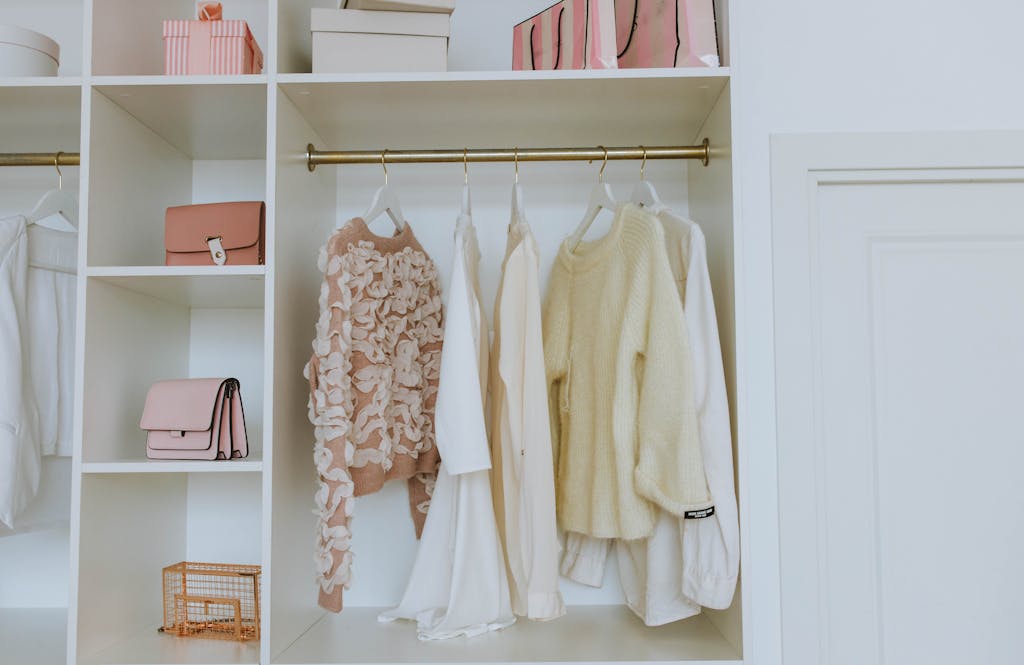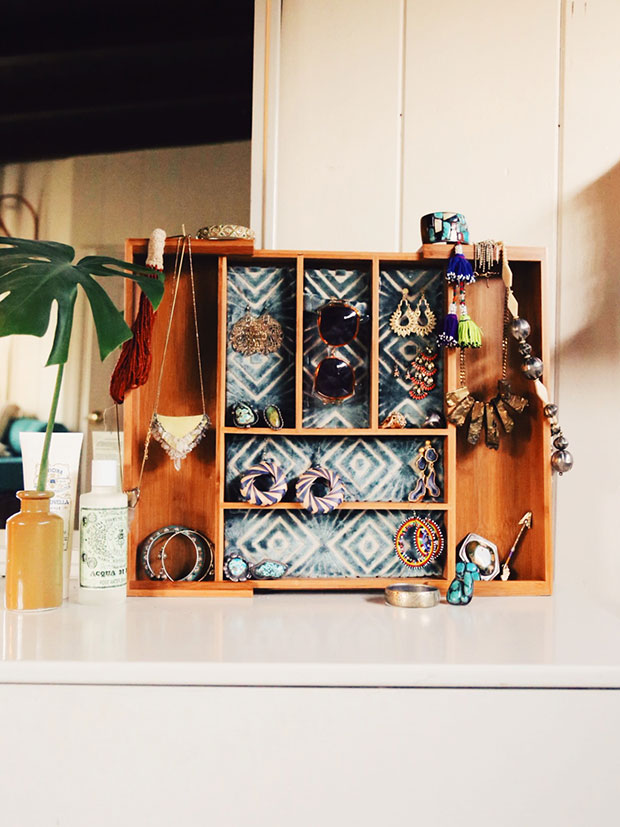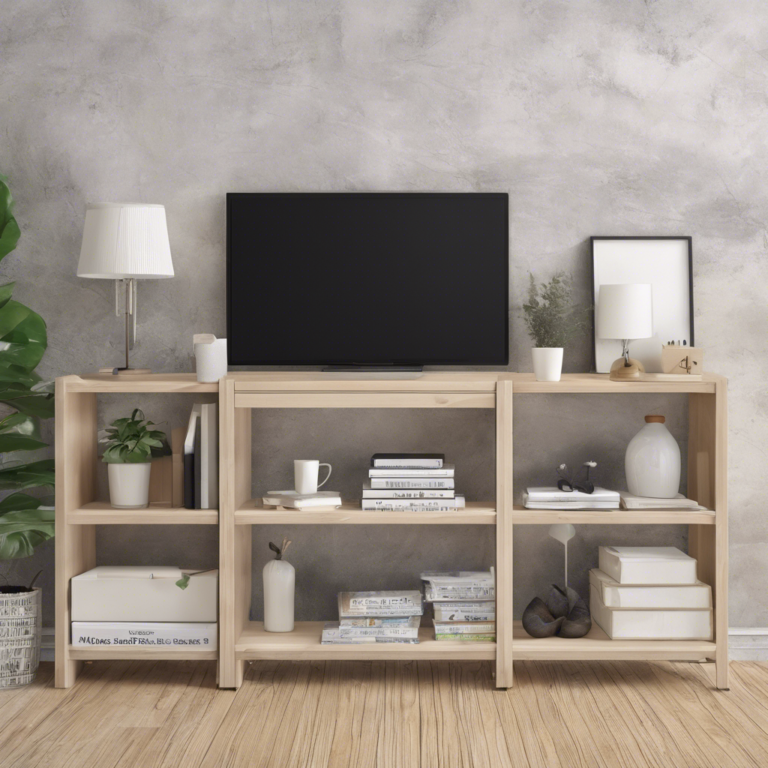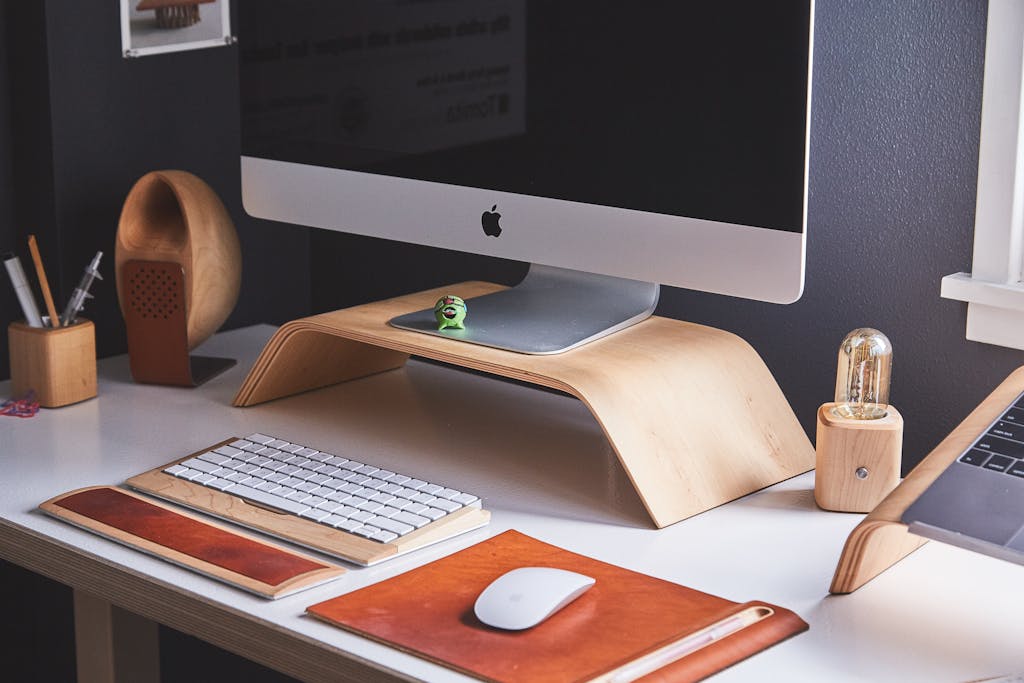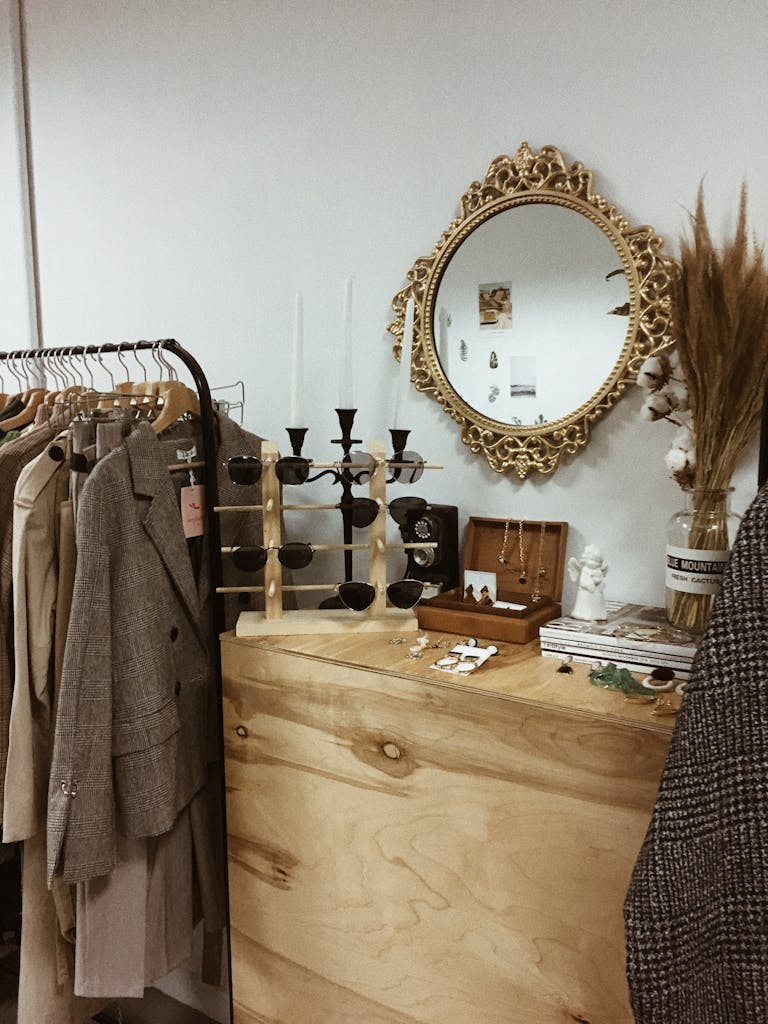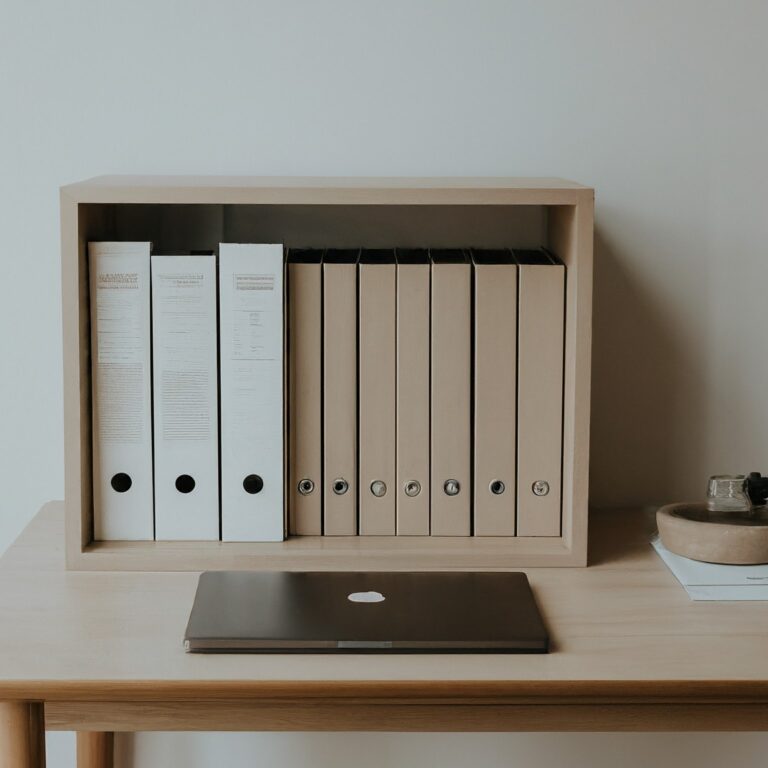Organizing a small closet can seem daunting, especially when your belongings seem to multiply overnight. As someone who has dealt with the challenges of a small closet, I understand the frustration of finding space for all your belongings.
Small closet organization is not only about creating more room for your clothes and accessories, but it also helps you to declutter your mind and creates a sense of calm in your daily routine.
Identifying the current inefficiencies, such as overcrowded shelves or inaccessible items, and selecting the right organization tools can transform a cramped closet into a well-ordered space that is efficient and functional.
In this ultimate guide, I will walk you through the ways to maximize your small closet space and provide you with creative storage ideas that will revolutionize the way you organize your belongings.
Step 1: Understand Your Closet’s Current State
To effectively assess your closet’s current state, a thorough examination of your closet and several organization strategies are essential. This process involves several key steps:
1. Understanding Your Small Closet’s Issues
Identifying the main issues in your closet involves pinpointing areas that are consistently cluttered or where you often struggle to locate items.
You might consistently struggle to find your favorite pair of jeans because they are under a huge pile of clothes or you notice that your shoe rack is always cluttered, making it difficult to locate the shoes you need.
By doing so, you can understand specific organizational challenges you face and determine the most effective solutions to streamline your closet.
2. Closet Audit Rubric
- Ask yourself four critical questions for each item that is present in your closet : Does it fit? Do I wear it? Is it outdated? Does it bring me joy?
- Consider how your job, relationships, living situation, and hobbies align with your wardrobe. Ensure your clothing reflects your current lifestyle and where you aspire to be.
- Ensure your clothing reflects your personality and style preferences, and any closet item that doesn’t reflect that should be donated/discarded.
3. Perform a Seasonal Wardrobe Analysis:
- Favorites: Identify and categorize your favorites into tops, toppers, skirts/dresses, and shoes. Remember, favorites are not always the most worn items.
- Replacement Needs: Spot all your worn-out items that needs replacement and plan on shopping them when required.
- Wardrobe Gaps: Carefully consider wardrobe gaps – ensuring each new clothing piece you add to your collection can be mixed and matched to create multiple outfit options.
4. Setting Goals for Your Small Closet
It’s important to have a clear picture of how you want your closet to be. Whether you dream of a beautifully color-coordinated space or simply a more convenient setup for your daily routine, setting achievable goals will keep you motivated as you work on organizing your closet.
By carefully analyzing and categorizing the items in your closet, you can pinpoint what really holds value to you and enhance your space to cater to both practicality and personal contentment.
Pro Tip: Try turning all your hangers to face outwards. When you wear something, turn the hanger inwards. This makes it simple to spot the clothes you wear often and those you don’t.
If you haven’t worn something within a set timeframe, think about donating or selling it. This way, you can keep your closet filled with the clothes you love and actually wear.
Step 2: Declutter Your Closet
Decluttering your closet is a process of systematically sorting through your clothing and accessories to remove items that no longer serve you. Here are the steps involved:
- Set Aside Time: Plan a schedule when you can really focus on sorting through your clothes. It might take a few hours, so make sure you have enough time to do it properly.
- Empty Your Closet: Take everything out of your closet and lay it out so you can see everything at once. It might seem like a lot, but it’s the best way to take stock of what you have.


Pro Tip: When you start decluttering your clothes, begin with non-sentimental items to ease into the process and build momentum. Sentimental items often hold emotional attachments, making it more challenging to make clear decisions.
For example, old concert t-shirts or clothing items linked to specific memories can evoke strong emotions, making it harder to part with them. Starting with non-sentimental items like basic t-shirts or socks, can help in decision-making and gradually work up to more sentimental pieces.
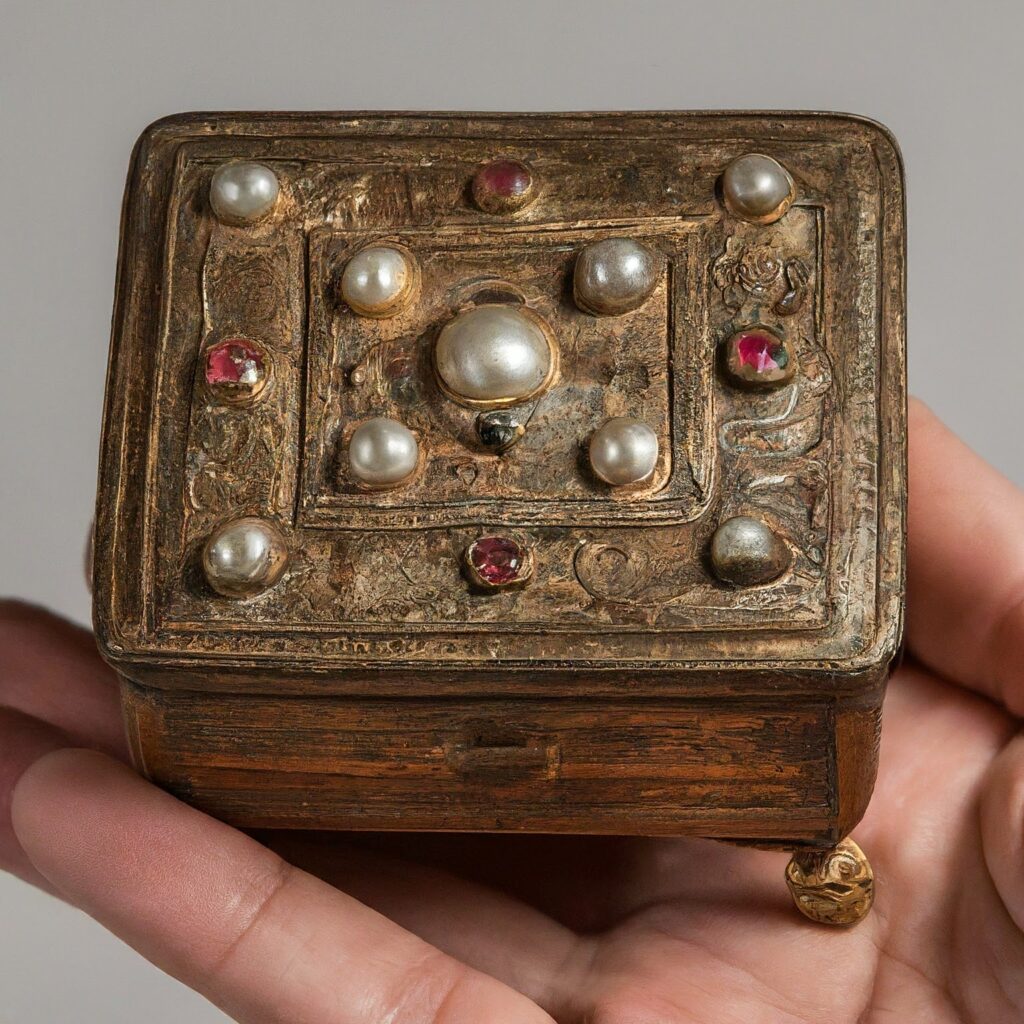

- Sort Items: Go through each piece and decide if you want to keep it, donate it, or toss it. If you haven’t worn something in a while or it doesn’t fit anymore, it might be time to let it go.
- Donate or Discard: Take the items you’re getting rid of and find them a new home. You can donate them to charity or give them to friends, and make sure to responsibly dispose of anything that can’t be donated.
- Maintain Regularly: To keep your closet clutter-free, make it a habit to check in on your wardrobe regularly and declutter items you no longer need.
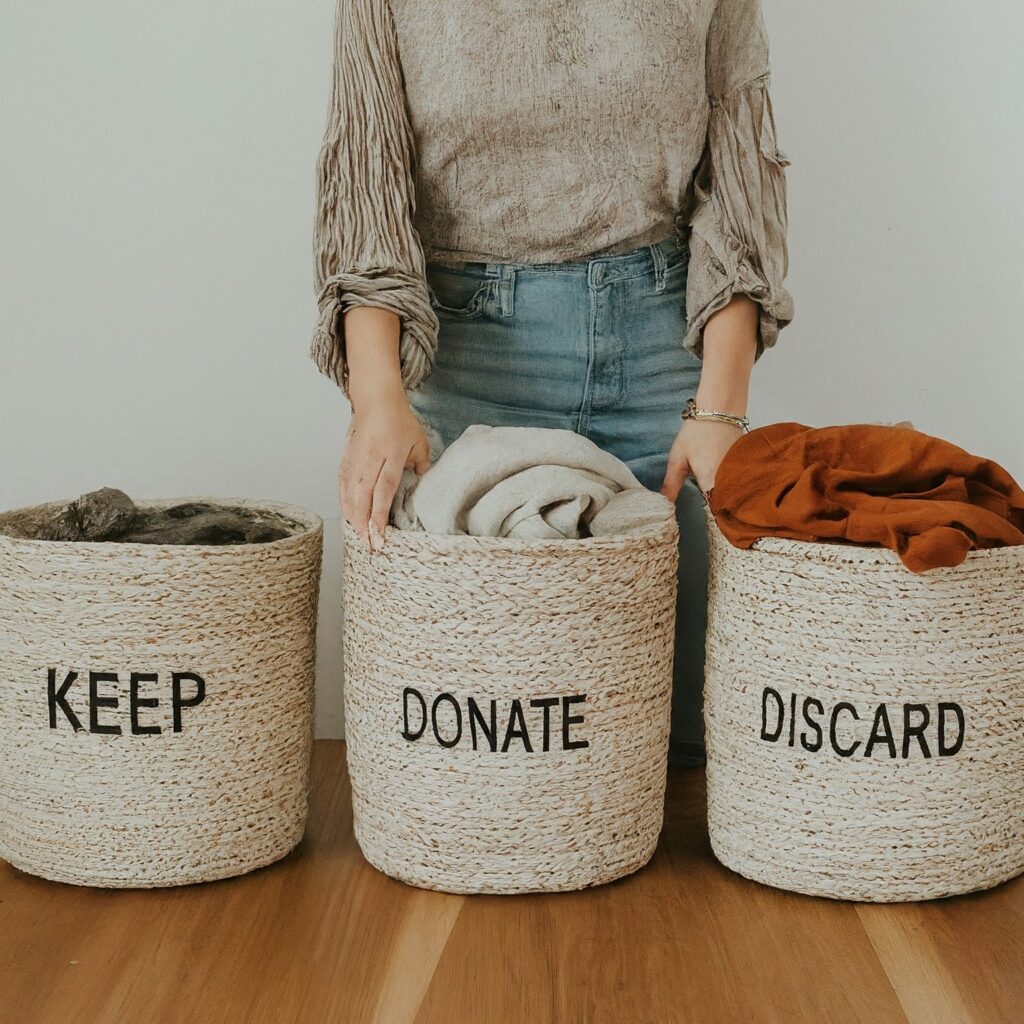


To discover in-depth effective strategies for planning, purging, and storing your belongings, check out this article for five valuable decluttering techniques.
Step 3: Categorize Your Clothes
Organizing your clothes is like creating a roadmap for your wardrobe. It’s all about making it easier to find what you need when you need it.
Here are some tips to help you categorize your clothes effectively:
1. By Clothing Type
- Shirts, Tops, and Blouses: Gather all your tops and arrange them based on sleeve length or how dressy they are. You can even group them by color to create a cool visual effect.
- Pants and Skirts: Keep all your bottoms together, whether they’re jeans, trousers, or skirts. It’s like having all your bottom-wear buddies in one place.
- Dresses: If you’re a dress lover, try organizing them by length, color, or style. It’s like creating your own dress boutique right in your closet.
- Outerwear: Coats, jackets, and sweaters can snuggle up together in their own space. If you live in a place with distinct seasons, you might want to rotate them as the weather changes.
2. By Season
- Summer and Winter Clothing: Rotate your closet to keep the current season’s clothing front and center. This way, you won’t have to sift through sweaters in the summer or shorts in the winter.
3. By Occasion
- Casual and Formal Wear: Keep your everyday wear separate from your fancy threads. It’s like giving your clothes their own VIP sections based on where they’re headed.
4. By Activity
- Workout and Activewear: Have a dedicated spot for your workout gear. It’s like having your own mini gym in your closet.
- Loungewear and Sleepwear: Keep your cozy clothes in their own comfy corner. It’s like creating a relaxation zone within your wardrobe.
5. By Frequency of Use
- Most Used vs. Occasional Wear: Consider organizing your clothes based on how often you wear them. Keep your most frequently worn items front and center for easy access. This way, you won’t have to dig through your closet to find your favorite pieces. It’s like giving your everyday staples the prime real estate they deserve.
6. By Accessories
- Scarves, Hats, and Belts: Create a special nook for your accessories. It’s like having a treasure trove of finishing touches right at your fingertips.
Note: Choose methods that work best for your lifestyle and daily routine. Prioritize functionality and convenience based on your habits and space constraints before focusing on aesthetics. The goal is to create a system that simplifies your routine.
Step 4: Choose Space-Saving Folding Techniques
Organizing a small closet efficiently often involves creative folding techniques to maximize space while keeping your items accessible and in good condition. Here are some space-saving folding techniques that can help:
1. KonMari Method
- Developed by Marie Kondo, this method involves folding clothes into small rectangles that stand upright.
- This technique allows you to see all your items at a glance and saves space.
- It works well for shirts, pants, and sweaters.

2. Rolling
- Rolling is perfect for casual and wrinkle-resistant garments like t-shirts, jeans, and casual pants.
- Tightly rolled clothes take up less space than folded ones and can easily fit into gaps in your closet or drawers.
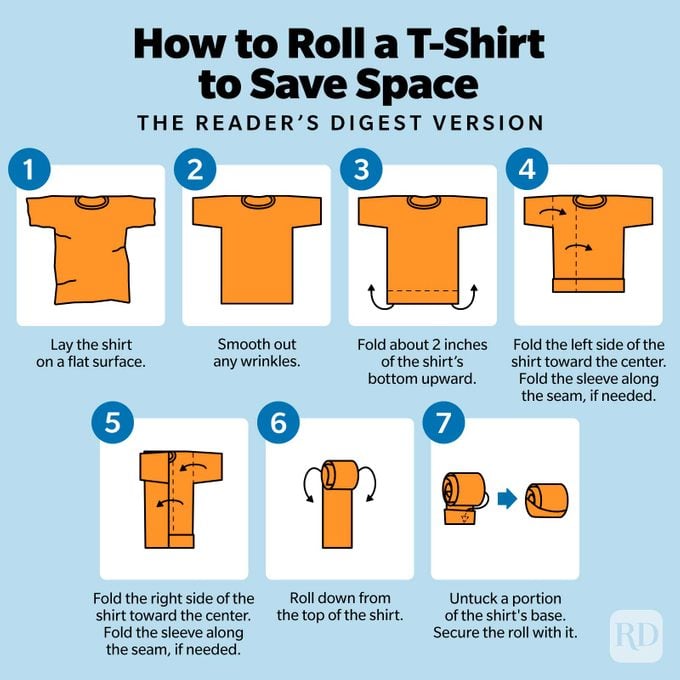
3. Bundling
- A technique used often for packing but equally useful in small closets, bundling involves wrapping clothes around a central core item.
- This keeps clothes together, reduces wrinkles, and can save space in your closet.
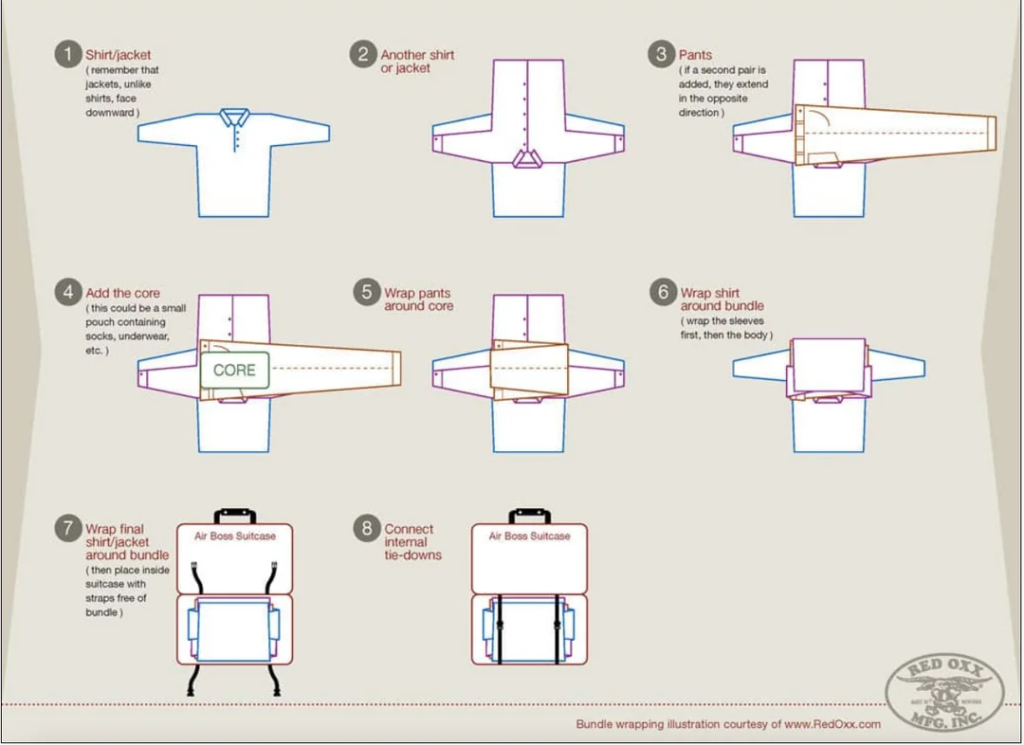
Adjusting Fold Sizes
Adjust the fold size based on the storage area. For example, fold sweaters or bulkier items with fewer folds to fit them in deeper shelves, and use more compact folds for smaller spaces.
Implementing these techniques requires some experimentation to see what works best for your space and your belongings.
Remember – The goal is not only to save space but also to keep your items in good condition and make your daily routine more efficient.
Step 5: Choosing the Right Organizers and Storage Solutions
To optimize small closet organization, selecting the right organizers and storage solutions is crucial. Here’s a breakdown of effective strategies:
Stacking Shelves for Organizing Clothes
Individuals who prefer stacking their clothes often encounter the problem of columns collapsing or struggling to reach items at the very bottom. To address this issue, a practical solution involves the use of pull-out stacking shelves.
Tip: Store your everyday or frequently worn clothes at eye level which makes it easily visible and accessible.
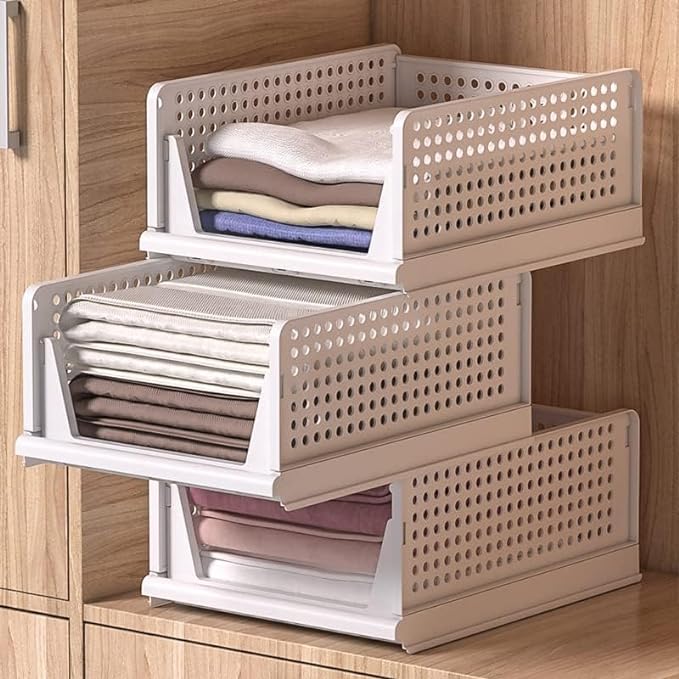
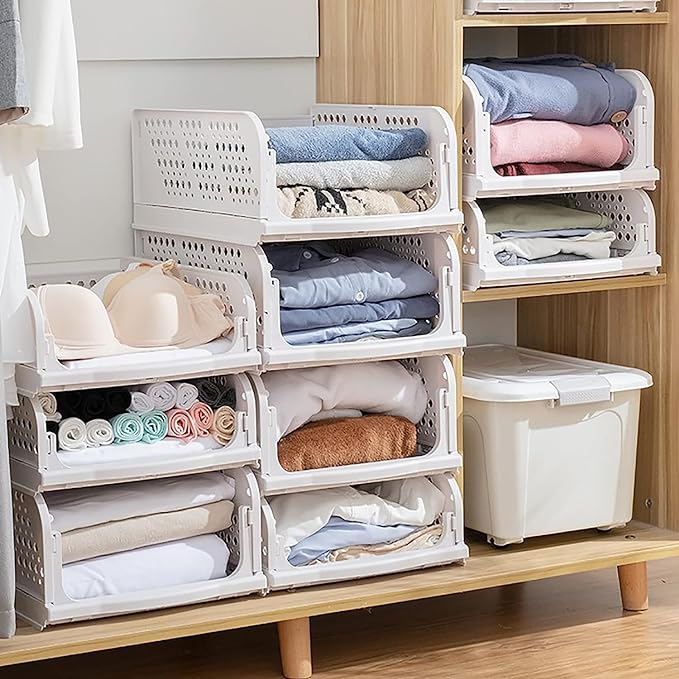
Collapsible Hangers for Pants
Storing pants can be challenging due to their bulkiness, and delicate fabrics like silk, satin, and linen can easily wrinkle when folded. One solution to this issue is to hang your pants, as it not only reduces wrinkles but also makes it easier to organize and store them. To save more space, consider using collapsible hangers as a clever hack.
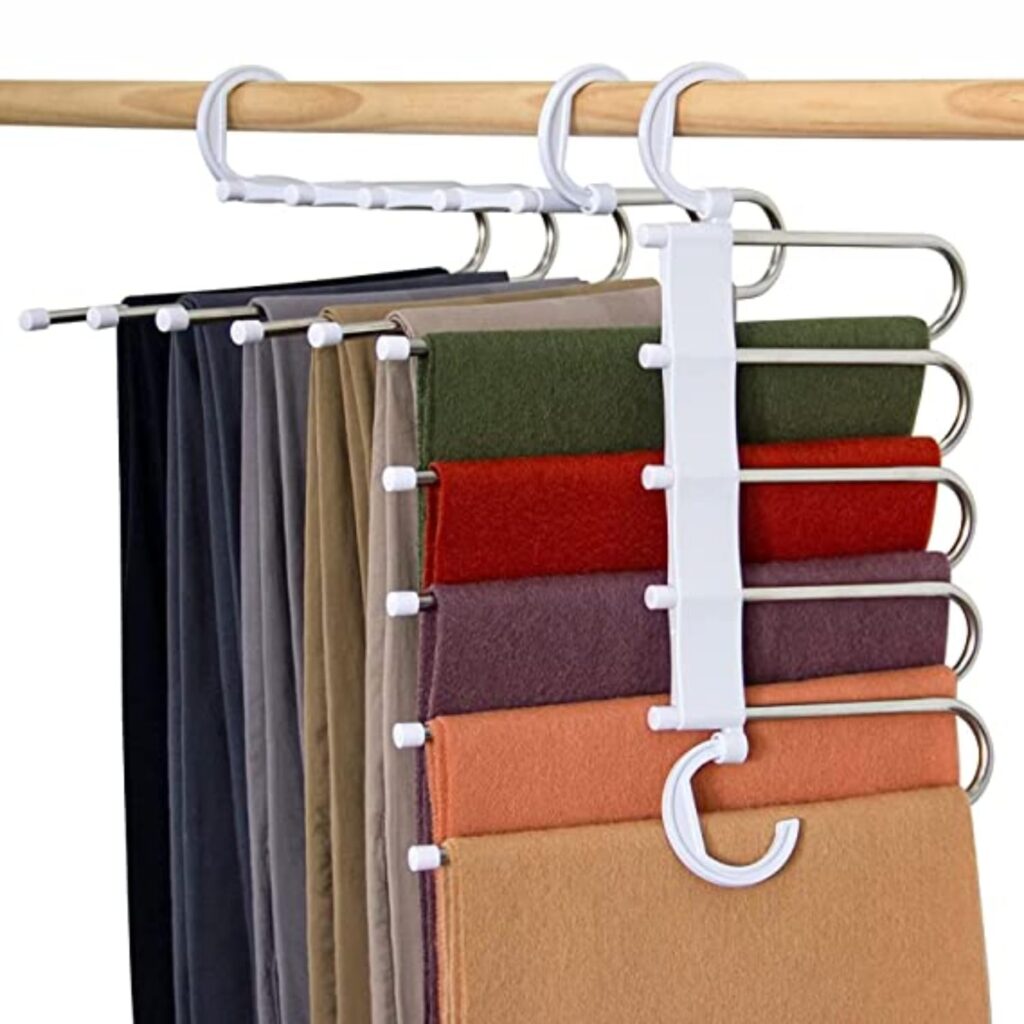
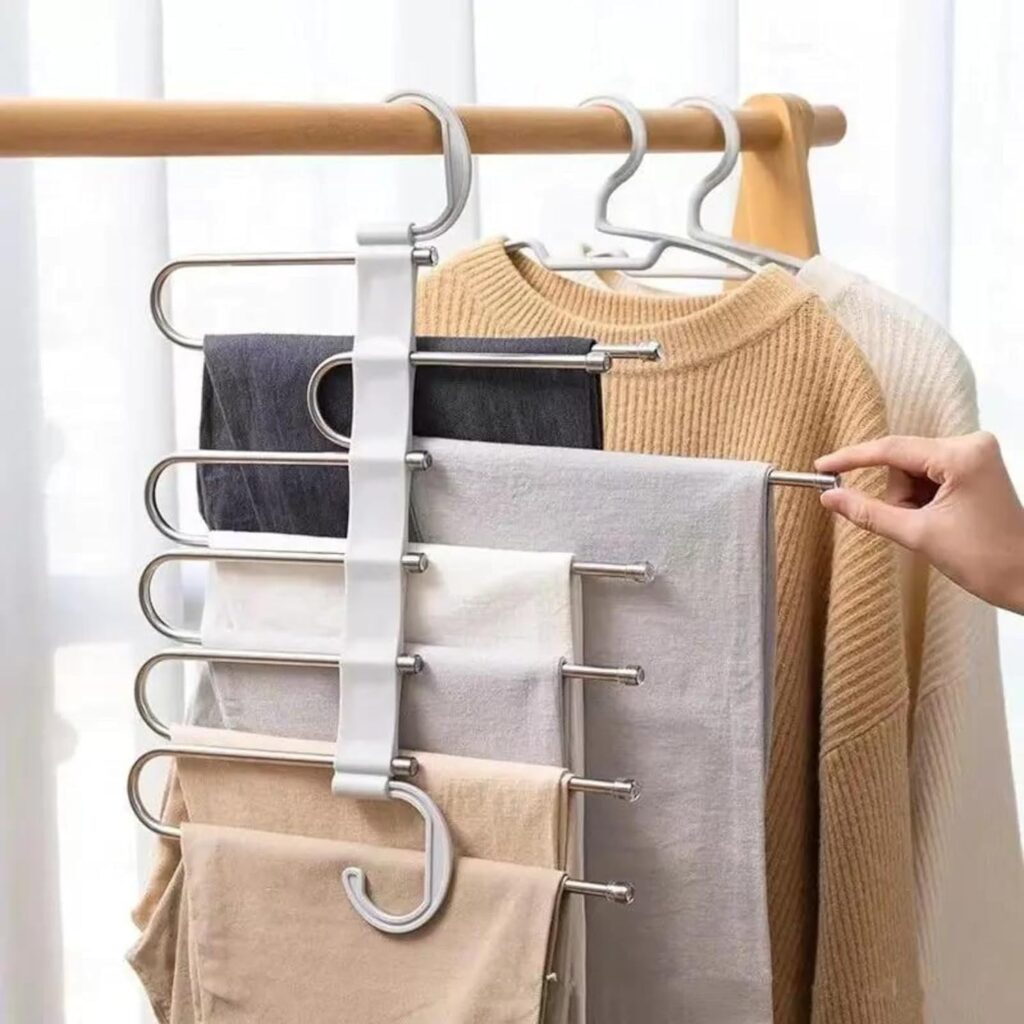
Ring Hangers
Individuals who frequently wear scarves may struggle to locate them when needed, as they are often haphazardly piled due to their material making folding and storing difficult. Using ring hangers for scarf storage can enhance visibility and accessibility, as each scarf has its own dedicated hanger, preventing disturbance to the others.

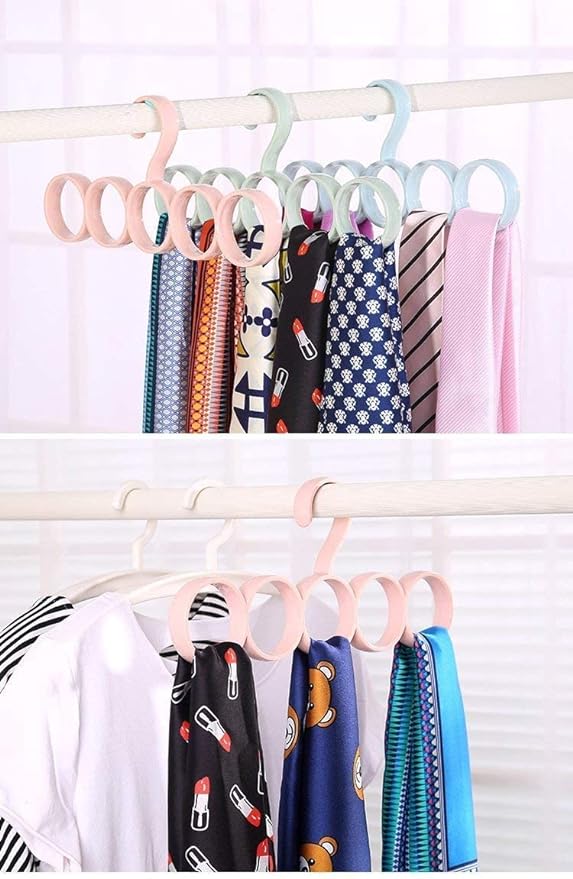
Shelf Dividers
The top shelves are often ignored because they are difficult to reach. However, you can make the most of them by storing seasonal items and using shelf dividers to create sections. Consider using acrylic shelf dividers for a sleek and organized appearance.

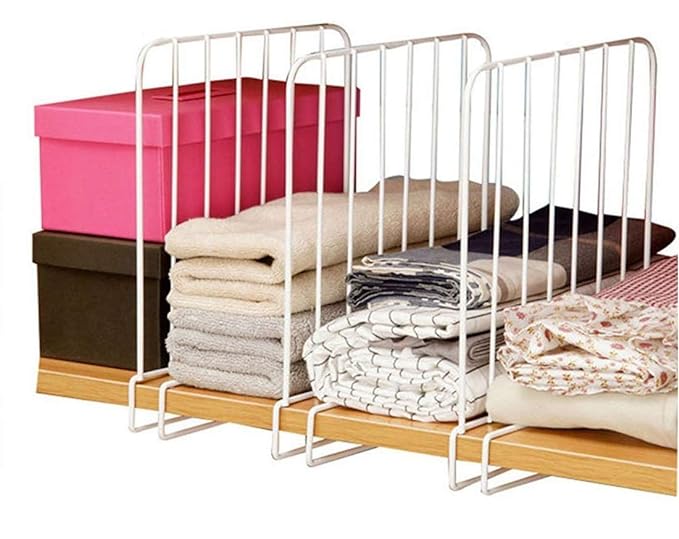
Purse Hanger Hook
When you’re dealing with limited space, think about utilizing areas outside of your closet. By setting up a rod outside the closet, you can hang your purses, freeing up space inside. A purse hanger hook can then keep your bags organized and visible, making them easily accessible and maximizing your closet space.

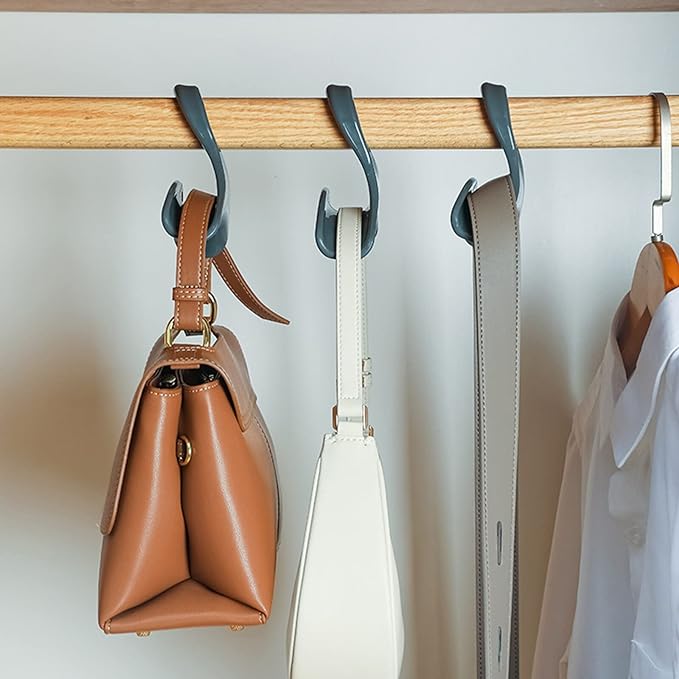
Wall Tray for Jewellery
DIY a decorative tray into a beautiful wall-mounted jewellery organizer! This is ideal for storing frequently worn pieces or statement necklaces that take up too much space in drawers. Not only will it make your favorite jewelry easily accessible, but it will also free up valuable shelf space for other items.
Remember – Feel free to showcase your items outside of the closet as both decorative and functional pieces. You can achieve this by using a rolling rack or installing new shelves to create a stylish display.
Pro Tips:
1. Under-the-Bed Storage
If you have under-the-bed storage, make the most of that space by using it to store your seasonal and occasional wear, as well as bedding. Remember to store clothes in individual storage bags, preferably clear ones that allow for better visibility (a solution for protecting clothes from insects).
2. Closet Door Storage
In small closets, it’s common to make the most of all available space, and one useful solution is to utilize the back of the closet doors. This area can be used to hang various items such as belts, purses, wallets, hats, and jewellery, footwear -helping to optimize storage and organization within a limited space.
3. Similar Hangers or Color Code Hangers
Opt for matching hangers to achieve a cohesive look, or consider using different colored hangers to easily identify different sections, such as using all black hangers for shirts and all red hangers for pants.
4. Divider Tags
Divider tags in closets are like little labels or tags that you can use to sort and organize your clothes. You can attach them to the closet rod or shelf to separate your different types of clothing, like shirts, pants, dresses, or seasonal items. They make it super easy to find what you’re looking for and keep your closet neat and tidy.
5. Vacuum Sealed Bags
Vacuum seal bags are a lifesaver for storing items you don’t use often. They suck the air out, making everything compact and saving so much space. They’re perfect for stashing away seasonal clothes and bedding, keeping them clean and tidy until you need them again.
Step 6: Maintaining your Organized Closet
It’s important to regularly go through your clothes and accessories to see what you still wear and what you can let go of. For example, when the seasons change, it’s a good time to assess what you didn’t wear and consider donating or selling those items.
Adjust for the Seasons
As the seasons change, so do our clothing needs. Consider storing off-season clothes in labeled containers or garment bags to free up space for the current season’s items. For instance, as summer turns to fall, you can pack away your summer clothes to make room for your fall wardrobe.
Put Things Back in Their Place
Make a habit of returning items to their designated spots. After doing laundry, ensure that each item goes back to its specific section or hanger. It’s a simple habit that can prevent clutter from building up.
Use Storage Solutions
Use tools like divider tags, shelf dividers, and storage bins to keep similar items together. You can use labeled bins for accessories like scarves, belts, or hats to keep them organized and easy to find.
Regular Maintenance
Regularly cleaning your closet space, dusting, and vacuuming can help keep it clean and free from dust and debris. Also, check for any wear and tear in hangers, shelves, or storage containers to keep your closet in good shape.
Pro Tips:
The 90/90 Rule: If you haven’t used an item in the past 90 days and don’t plan to use it in the next 90, it’s time to let it go.
One In, One Out Rule: Maintain balance by ensuring that for every new item added, an old one is removed, preventing overcrowding.
Consider Implementing a Capsule Wardrobe
A capsule wardrobe is like your personal collection of timeless, versatile clothing that you can mix and match to create different outfits. The idea is to have a carefully selected set of high-quality pieces that won’t go out of style quickly, allowing you to wear them for a whole season or longer.
The goal is to keep things simple, minimize clutter, and make the most out of every item in your wardrobe.
Characteristics of a Capsule Wardrobe:
- Versatility: Each piece in a capsule wardrobe is chosen because it can be paired with lots of other items, giving you loads of outfit options.
- Timelessness: Capsule wardrobes are filled with classic pieces that never go out of style, so you can wear them season after season.
- Quality over Quantity: The focus is on well-made, long-lasting clothes that can handle regular wear and tear.
- Simplicity: Capsule wardrobes usually have around 30-40 items, making sure each piece gets plenty of love and wear.
Benefits of a Capsule Wardrobe:
- Saves Time: With fewer choices, getting dressed becomes quicker and easier.
- Saves Money: Investing in timeless, high-quality pieces can save money in the long run compared to buying lots of trendy, low-quality items.
- Environmental Impact: Capsule wardrobes help reduce the impact of fast fashion on the environment by cutting down on clothing waste.
- Personal Style: By focusing on essential pieces that match your style, a capsule wardrobe can give you a more put-together look.
How to Build a Capsule Wardrobe:
- Assess Your Lifestyle: Think about what you do each day and what kind of clothes you need.
- Identify Core Pieces: Choose timeless items like great-fitting jeans, a versatile blazer, and classic white shirts.
- Color Palette: Pick a cohesive color scheme so that all your pieces can be mixed and matched easily.
- Seasonal Rotation: Update your capsule wardrobe with seasonal items to suit the weather and keep things interesting.
- Accessories: Add a few key accessories like scarves, belts, and shoes to change up your outfits.
Tip: Project 333 – Select 33 items to wear for three months, then evaluate and edit your choices boxing up the remainder. It encourages simplicity, mindful consumption, and the exploration of personal style within a smaller wardrobe.
Conclusion
Small closet organization is a skill that can transform your daily life. By assessing your space, decluttering, categorizing your clothes, using the right folding techniques, and utilizing closet organizers and storage solutions, you can create an efficient and functional small closet.
Get creative with storage ideas, organize specific items with intention, and implement small closet organization hacks to further optimize your space. Moreover, consider taking on DIY projects that add a personal touch to your small closet. Remember, maintaining an organized small closet requires consistency and dedication.
By following the steps outlined in this ultimate guide, you will be well on your way to maximizing space and achieving a stress-free small closet. Visit messminder.in to discover more organization tips and tools to help you on your journey.

